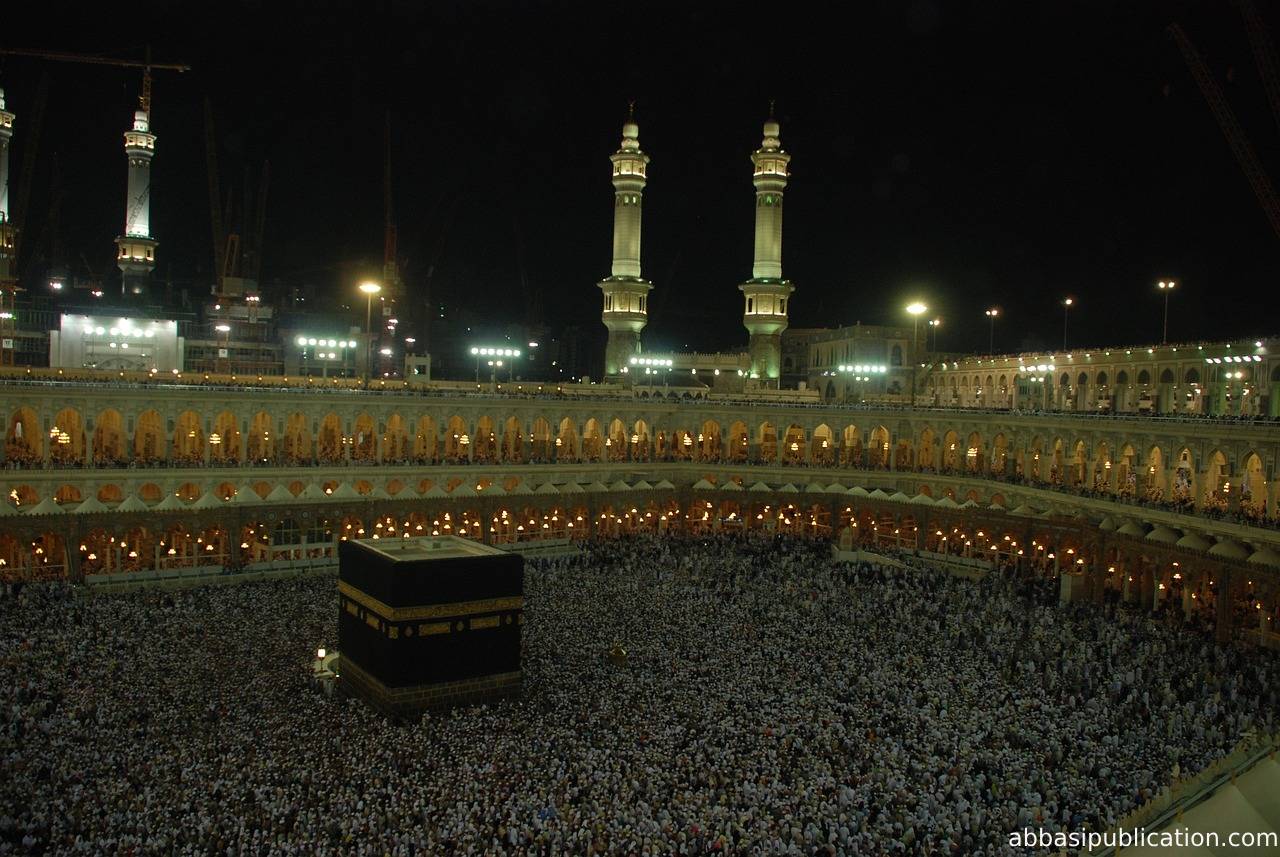
Hajj Day Around the World: A Spiritual Journey of Muslims and the Rituals of Hajj
Hajj day around the world, the annual Islamic pilgrimage to the holy city of Mecca, is considered one of the five pillars of Islam. Every year, millions of Muslims from different corners of the globe embark on a profound journey to perform this sacred duty. Hajj is a time of unity, devotion, and spiritual reflection for Muslims, as they follow in the footsteps of Prophet Muhammad (peace be upon him) and connect with their faith on a deeper level. In this article, we will explore the significance of Hajj and the rituals involved, highlighting the diversity and unity experienced by Muslims around the world on this special day.
1. The Significance of Hajj:
Hajj holds immense importance in the lives of Muslims. It is an obligatory act of worship that symbolizes unity, equality, and submission to Allah (God). It serves as a physical and spiritual journey, enabling Muslims to seek forgiveness, purify their souls, and strengthen their relationship with Allah. Hajj also provides an opportunity for believers to experience a sense of global brotherhood and sisterhood, as Muslims from various countries come together to fulfill this sacred obligation.
2. Preparations for Hajj:

Muslims who plan to perform Hajj must undertake several preparations before embarking on their journey. These preparations include obtaining a visa, making travel arrangements, and ensuring their physical and mental well-being. Pilgrims also need to be familiar with the rituals of Hajj and seek knowledge about the significance and practical aspects of each ritual. This preparation phase allows individuals to approach Hajj with reverence and readiness
3. Arrival in Mecca:

Upon reaching Mecca, the pilgrims enter into a state of consecration known as “Ihram.” Wearing simple white garments, men wrap themselves in two seamless pieces of cloth, while women typically wear loose-fitting attire. Ihram represents a state of purity and equality, as all pilgrims dress identically, irrespective of their social status or nationality.
4. Tawaf – Circumambulation of the Kaaba:
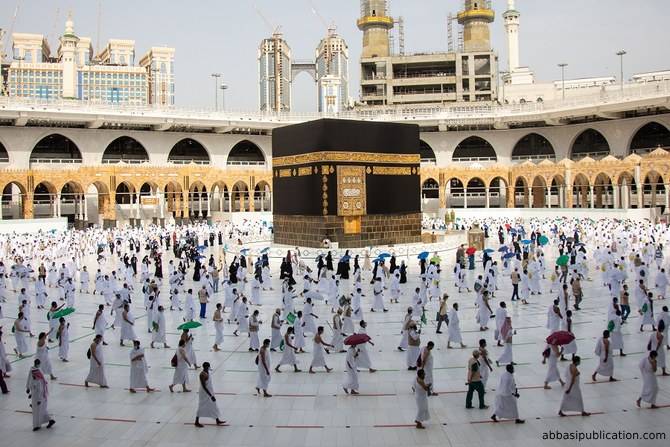
The Kaaba, located at the center of the Grand Mosque in Mecca, is the holiest site in Islam. Pilgrims perform Tawaf, which involves circumambulating the Kaaba seven times counterclockwise. The Kaaba represents the House of Allah and is the direction towards which Muslims pray throughout their lives. Tawaf is a powerful symbol of unity, as millions of pilgrims move together in harmonious circles, praising and glorifying Allah.
5. Sa’i – The Ritual of Running between Safa and Marwa:
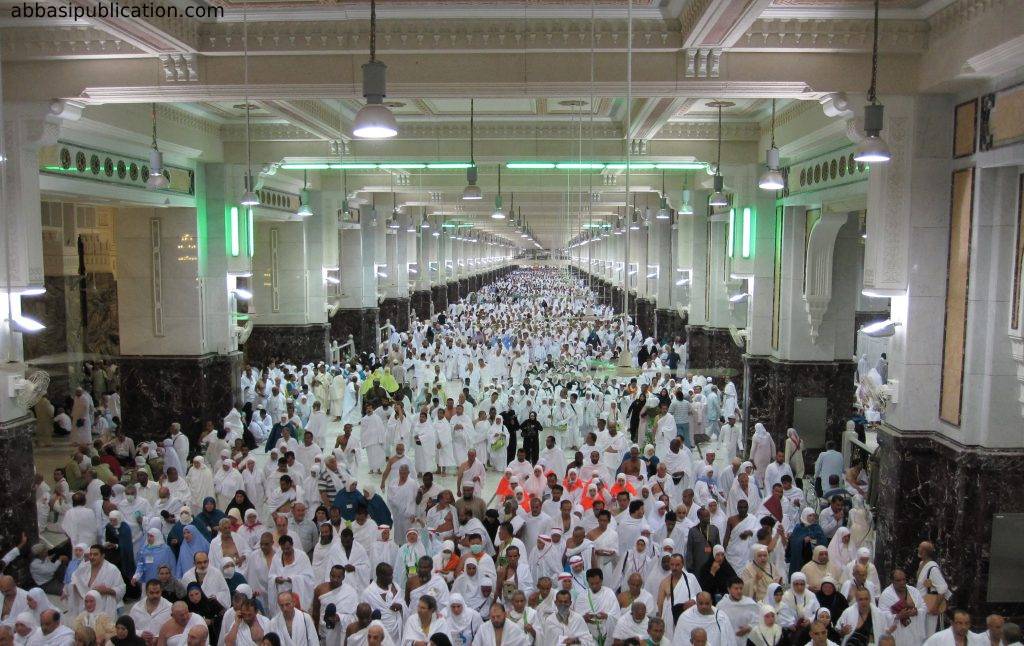
Sa’i is the reenactment of Hajar’s (Hagar’s) search for water for her son Ismail (Ishmael) in the barren valley of Safa and Marwa. Pilgrims walk or run seven times between the two hills, reflecting on Hajar’s perseverance and trust in Allah’s provision. This ritual signifies the importance of patience, reliance on God, and the recognition of the struggles faced by Prophet Ibrahim’s (Abraham’s) family.
6. Arafat – The Most Important Day of Hajj:
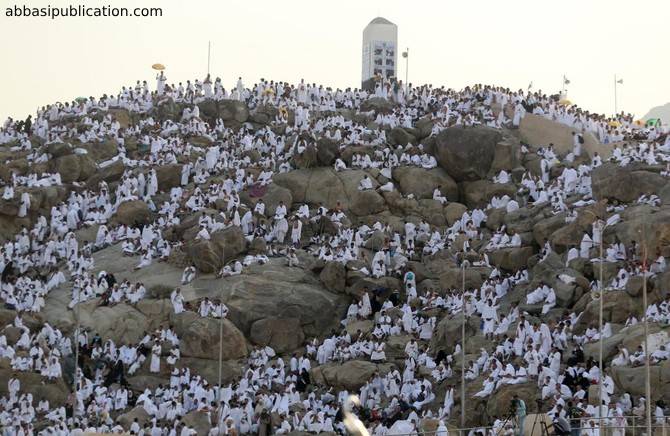
The pinnacle of Hajj is the day of Arafat, also known as the “Day of Standing.” Pilgrims gather on the plains of Arafat from dawn until sunset, engaging in supplication, repentance, and intense prayer. It is believed that on this day, Allah forgives the sins of those present, offering them a fresh start and spiritual rejuvenation. The atmosphere of Arafat is one of immense humility, as Muslims from different nations and backgrounds stand side by side, equal in the eyes of their Creator.
7. Muzdalifah – Gathering Stones and Night Prayer:
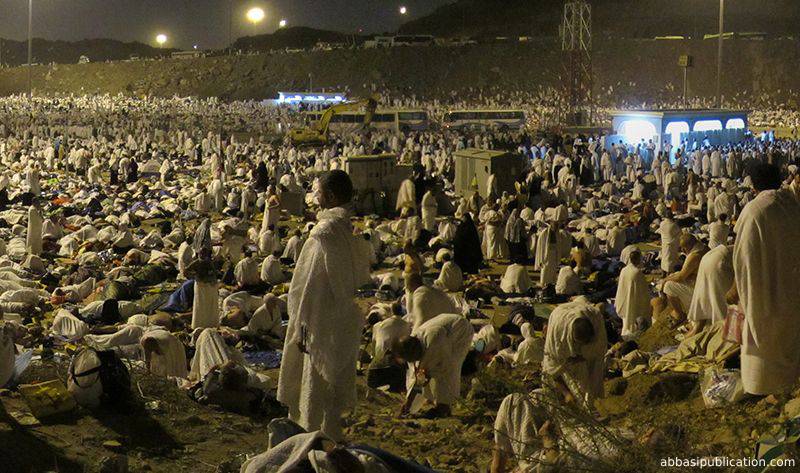
After sunset on the day of Arafat, pilgrims proceed to Muzdalifah, a nearby valley. Here, they collect pebbles to be used in the symbolic stoning of the pillars representing Satan in the following days. Additionally, pilgrims spend the night in Muzdalifah, engaging in prayers and reflection, seeking closeness to Allah.
8. Stoning of the Pillars – Symbolic Rejection of Evil:
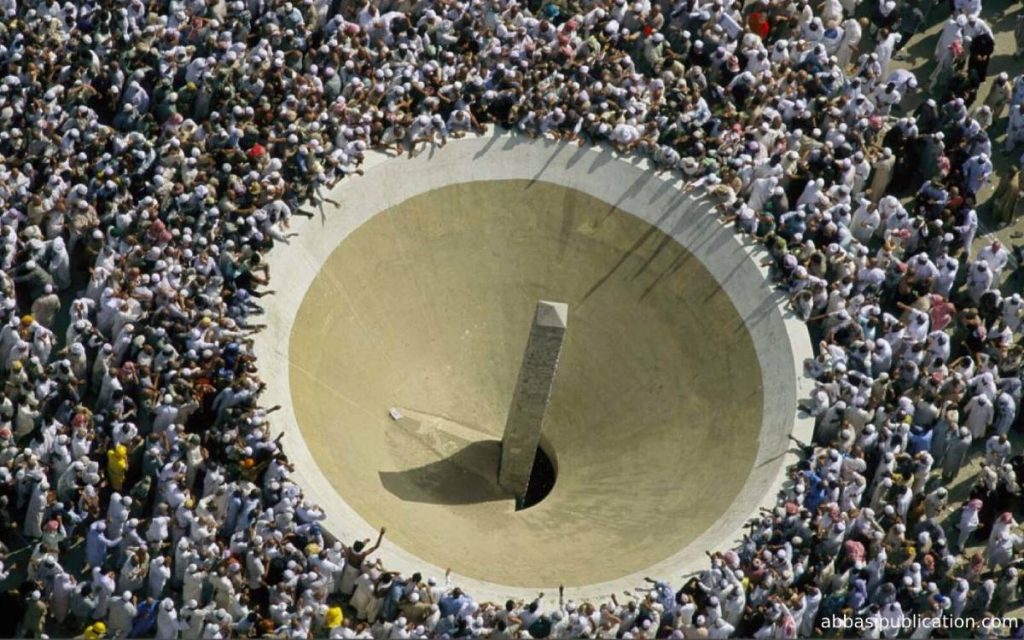
One of the significant rituals of Hajj is the stoning of the pillars in Mina, symbolizing the rejection of evil temptations. Pilgrims throw seven pebbles at each of the three pillars, representing Satan’s attempts to sway Prophet Ibrahim from his devotion to Allah. This act serves as a reminder for Muslims to remain steadfast and resolute in their faith, disregarding the distractions and temptations of the worldly life.
9. Sacrifice and Eid Al-Adha:
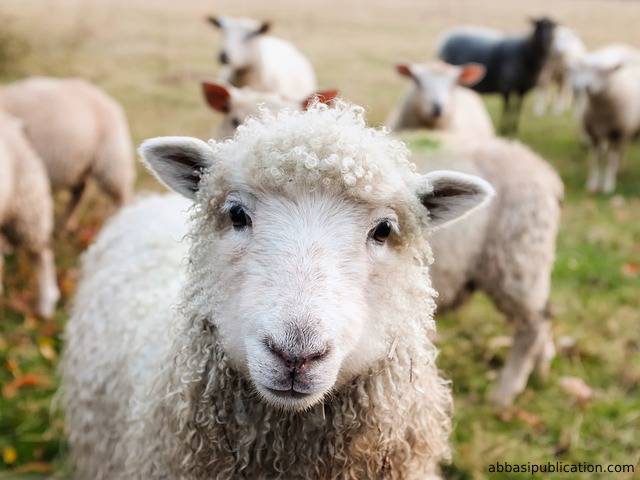
After stoning the pillars, pilgrims perform the act of sacrificing an animal, following the tradition of Prophet Ibrahim. This act commemorates his willingness to sacrifice his son, Ismail, as an act of obedience to Allah, who eventually provided a ram for sacrifice instead. The meat of the sacrificed animal is distributed among the poor and needy, emphasizing the importance of charity and compassion.
10. Halq or Taqsir – Shaving or Trimming of Hair:
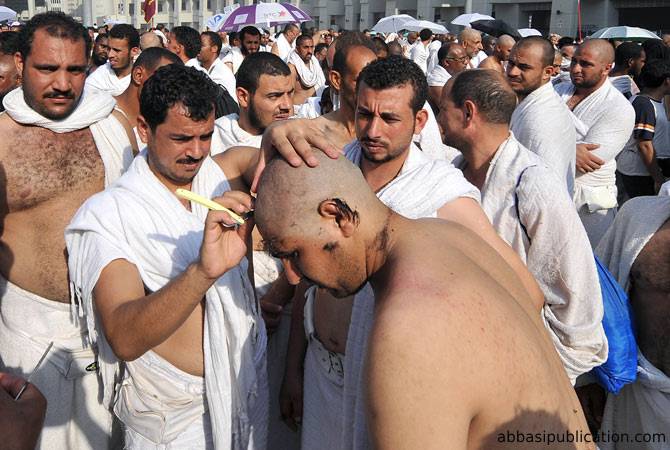
Upon completing the rituals of Hajj, male pilgrims have the option to either shave their heads entirely (Halq) or trim a small portion of their hair (Taqsir). Women typically trim a small portion of their hair as a sign of completion of the pilgrimage. This act represents the pilgrims’ transition from the state of consecration (Ihram) back to their regular lives, while also symbolizing humility and a fresh start.
11. Tawaf al-Ifadah and Farewell:
Before departing from Mecca, pilgrims perform another circumambulation of the Kaaba known as Tawaf al-Ifadah. This act ensures the completion of all mandatory rituals of Hajj. It is also a time to bid farewell to the sacred city and its holy sites, expressing gratitude for the opportunity to fulfill this pillar of Islam.
Conclusion:
Hajj is a transformative journey for Muslims worldwide, encompassing deep spiritual devotion, unity, and self-reflection. It represents the essence of Islam’s principles, emphasizing equality, humility, and submission to the will of Allah. The rituals of Hajj provide a profound experience of connecting with the faith, fostering a sense of global brotherhood and sisterhood among Muslims from diverse backgrounds. As Muslims perform the rituals of Hajj, they are reminded of the profound lessons of Prophet Ibrahim and his family, the significance of patience, sacrifice, and unwavering faith in Allah. Hajj demonstrates unity and the goal of seeking closeness to Allah for spiritual purification.


Comments (0)